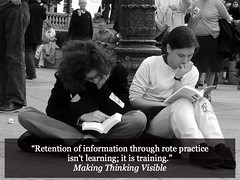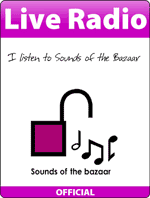Always on the lookout for practical ways to use technology in the classroom, Pontydysgu were scoping out new ideas at Bett 2014.
We liked the new Lego storytelling kit. One set gives you a tray of Lego bits, there are minifigs, cats, frogs, brooms, Christmas trees and more. You also get a book of lesson plans and ides and the accompanying software. There’s also a spinner to help choose a genre or character for storytelling inspiration. The idea is that children work in groups to tell a story, each group has a kit with enough lego bits to recreate the same scene 5 times only each one is slightly different as their stories progress. They then take photos of their scenes and upload them to a computer where they can drag and drop the photos into a comic strip style template, add backgrounds and captions and print their story.
The software is nice and simple to use, the lego kit has been carefully selected for optimum storyline coverage and it has the lego brand – guaranteed to spark some interest in even the most reluctant of storytellers.
Now, here at Pontydysgu we like a good idea, but what we like even more is a free idea. So in the tradition of those catwalk-fashion at highstreet-prices magazine articles I bring you “BETT on a budget”
To create your own comic strip you will need;
A collection of small-world-play or dolls house characters and accessories.
A camera/ webcam/ cameraphone with the ability to transfer your photos to a computer.
Internet access.
An app or web based tool for comic strip creation using photographs.
Here are some I’ve been trying out this week;
Web based
Toondoo – Free- You need to create account but it is easy to do. Upload photos, edit, cut shapes out and save, then go to cartoon creator, choose comic strip layout and you can put your own images into a cartoon, choose layout template, drag and drop backgrounds and cliparts, callouts and thought bubbles to create a story.
Downloads
Lego Storystarter software – for creating comics, and other styles Newspaper, old manuscript £107.99 inc VAT (the whole kit based on a class of 30 is £779.99 in VAT)
Comic Life – Cost £11.99 for a single user license or £1,049 for a site license.
Apps for iOS/Android
Comic touch – Free – From the creators of comic life this App cartoonises one photo at a time with no comic strip mode so you would have to print them and reassemble into a comic strip or download the pictures after editing and then use a different tool to put your story together.



